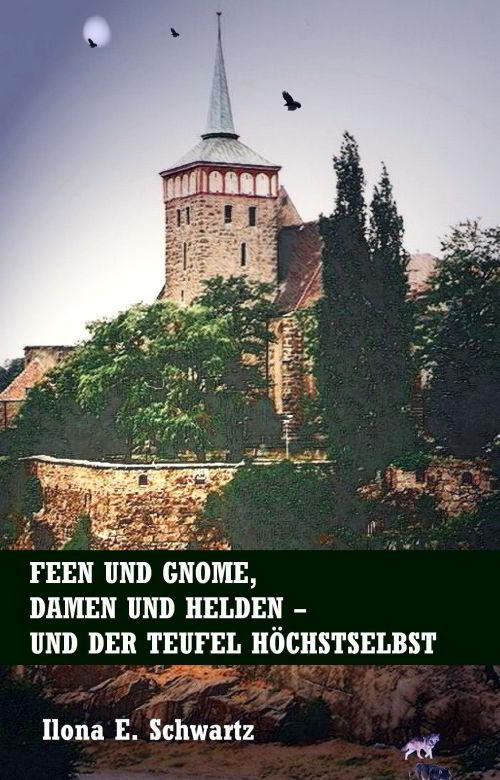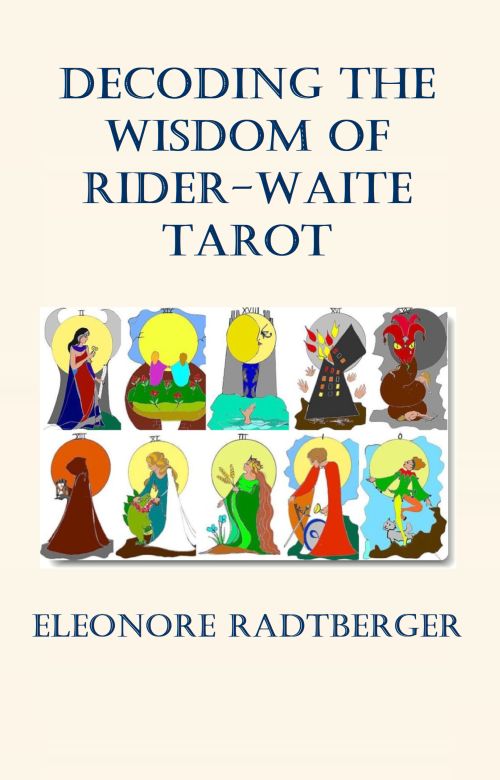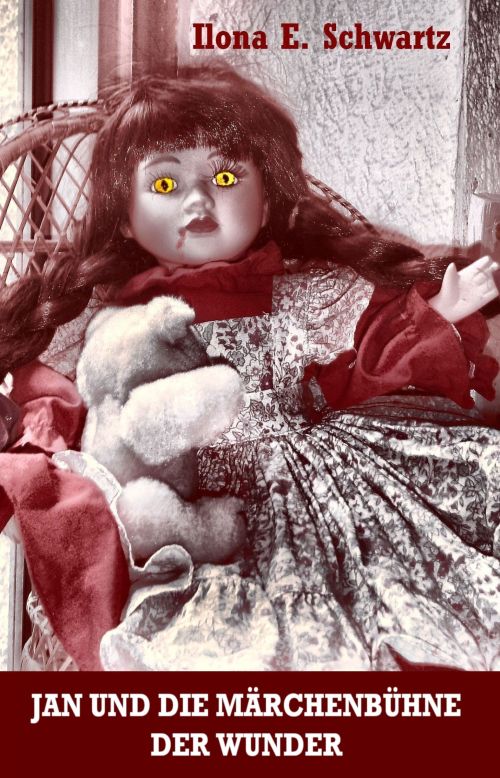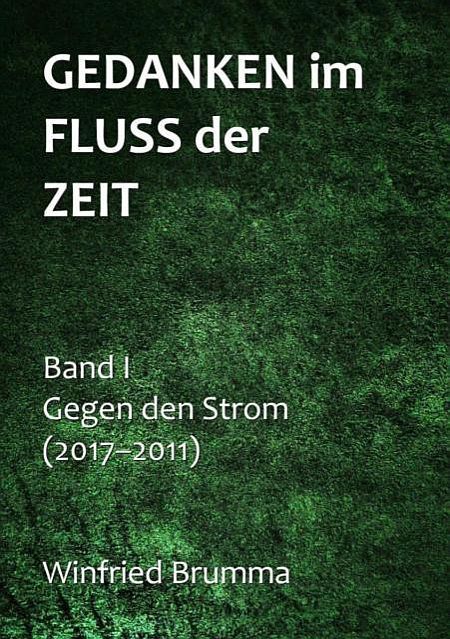
|
When the lines between good and evil are sharply drawn
Book review of the classic by Clive S. Lewis: "That Hideous Strength"
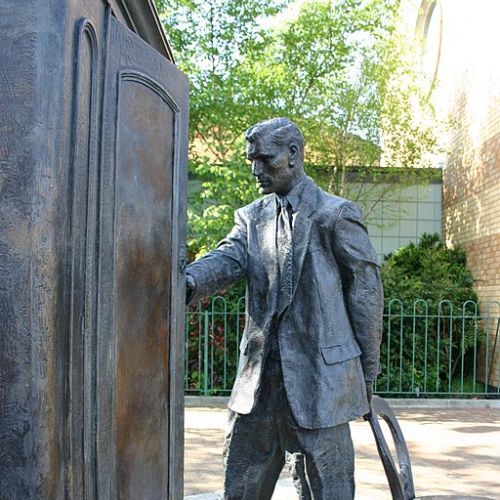
It's always the same with books: you read them and forget them, or you read the first ten pages and put them down, bored. Others you like and maybe read a second time – and sometimes you fall in love with them. This means, among other things, that the thoughts or events in the book become part of your own world because they simply fit into your inner map.
There are books that simply came out at the right time, that provided an important context, and that are known to people who are not otherwise interested in literature. For example, everyone knows George Orwell's "1984", even if some only know it from hearsay, or have seen at least one of the film adaptations. Tolkien's "Lord of the Rings" has become cultural common property and a spiritual home for many people.
The Irish writer and literary scholar Clive Staples Lewis, a contemporary and friend of Tolkien's, is best known for his "Narnia" series, which was originally intended for children and young people, but has just as many adult fans. Lewis was a prolific writer, and in addition to his fantasy stories, he also wrote Christian works. One of these, "The Screwtape Letters", is a tongue-in-cheek statement of faith that uses the hierarchical structures of hell to shed light on humanity.
Lewis's most impressive work is probably his "Space Trilogy", a fantasy story with science fiction elements. Weaving Celtic mythology into the present day, Lewis tells an epic tale of the planetary gods and the battle between good and evil on Earth. His hero is a man who is drawn into this war, even visiting other planets in the solar system during his mission.
The third and final volume of the trilogy – the classic "That Hideous Strength" – is set on Earth and is a real showdown: if the hero has learned anything from the first two volumes, the lines between good and evil are sharply drawn at the end. The story begins in a sleepy university town in England, where life goes on as usual – except for the usual university intrigues, property deals and the like. Legend has it that the legendary wizard Merlin is buried or resting somewhere in a cave near the town. The wise man only sleeps until Britain needs him.
The real heroine of the story is a young woman who has strange and disturbing dreams that frighten her but which she cannot talk about. Her husband, a college teacher who is trying to rise in the hierarchy, is of no help to her. Then, like a terrible disease, the N.I.C.E., the "National Institute for Coordinated Experiments" comes to town. It is an unscrupulous organisation of cold scientists and profiteers who systematically seal off the small town from the rest of the country. People are suddenly dispossessed, lose their homes and jobs, and are abused and imprisoned by the N.I.C.E.'s internal "police". The organisation has some supporters among the teaching staff, cold careerists and hangers-on – including the heroine's husband, who is attracted by the tangible power.
In the course of the story, Clive S. Lewis describes a large number of characters in great detail and with considerable depth. The anti-hero, the young husband, is caught in the middle while his wife makes up her mind. After some very unpleasant experiences with the new forces of order, she joins the "good guys", led by the former star traveller. There she finds very interesting people and even animals. In any case, fascism breaks out in the small university town – something that could have been prevented if a few people had cared less about personal gain. Any similarities to the Third Reich are perhaps unintentional, but hardly avoidable.
Meanwhile, it has become clear that the N.I.C.E. has not chosen the location of the town at random, but because it intends to fulfil a mission here. The aim is to find and awaken the ancient mage, in order to secure his services for the final battle. Over the course of a tumultuous night, members of both camps set out to find Merlin – for if the famous wizard were to use his powers for one side, the opposition would be in grave danger. While the N.I.C.E. scientists pick up a bearded tramp and take him back to the Institute, believing him to be Merlin, the real Master, now awakened, makes his way to the good guys' camp. The somewhat limited man of the street is wise enough not to say a word, because he thinks all the people are foreigners – and is naturally very suspicious of them. The humour with which Lewis describes these scenes is profound and so delicious that you can read it over and over again without getting bored.
In the meantime, the real Merlin tries to come to terms with the dramatically changed circumstances in Britain – especially the fact that the hated Saxons are now masters of the land. But a plan is hatched, and a Basque priest, an expert in ancient Gaelic, arrives at N.I.C.E. to act as interpreter for the supposed Merlin. And during a banquet, Merlin – who is, of course, this translator – curses everyone present with the Babylonian curse.
Suddenly, no one understands anyone, and everyone speaks a terrible gibberish. Panic breaks out, emotions run high – and when Merlin opens the cages of wild animals being used for experiments, blood flows in streams. The institute goes up in flames, and nearly all the villains perish – except for a few who might be considered parasites, and who never understood what the N.I.C.E. was really about. Among them is the young man who now sets out to find his wife and save his marriage. Merlin disappears again, his time limited.
The plot is far more complicated than this brief summary can convey; it is much more than a "good guys versus bad guys" story. Lewis weaves together Christian and pagan elements to create a fantastic world. In this story you will meet the characters of the Grail legend as well as Jesus Christ and the creation myth. Above all, Lewis surprises with his extensive knowledge of human nature and psychology. Many of the characters described will seem familiar to the reader, and Lewis avoids rigid categorisation. The Dark Side is mainly characterised by a lack of empathy, an absolute devotion to soulless technology, a belief in power and ruthless opportunism.
The damned rarely show emotion or run around with bloody knives. And there is no shortage of characters who use ideology to indulge their own sadistic urges – the police chief of the N.I.C.E. is a case in point. An aging lesbian who plays her own little games and interrogates prisoners using her own methods. She doesn't care about the background, only her own goals. She would wear the uniform of any group that would allow her to follow her impulses.
The book does not end with the defeat of evil, but with the reconciliation of humans and all creatures – at least for the moment. There are no elves or hobbits in the classic "That Hideous Strength", but the planetary gods themselves do intervene. And there are friendly bears, too.
Our book tip: (Advertisement) "The Space Trilogy" can be ordered here: Volume 1: "Out of the Silent Planet" | Volume 2: "Perelandra (aka Voyage to Venus)" | Volume 3: "That Hideous Strength". Available individually as paperback, e-book or audio book. Hardcover books are not always available.
© "When the lines between good and evil are sharply drawn": A book review of "That Hideous Strength" by Pressenet (translation by Izabel Comati), 02/2025. The picture shows a statue of Clive S. Lewis in Belfast (Creator: Genvessel, CC BY 2.0).
– I wanna marry Bruce Springsteen (Short story)
– Presentiments are slight shadows in my thoughts (Fantasy story)
– Refreshing and soothing peppermint: Mentha piperita
Discover more articles! Use the search function:
English archive:
More reviews, book presentations and essays
2024/2025
German archive:
2024 |
2023 |
2022 |
2021 |
2020 |
2019 |
2018 |
2017 |
2016 |
2015 |
2014 |
2013 |
2012 |
2011 |
2010 |
2009
Become a writer for Pressenet! Write articles for our online magazine on trending topics such as best books to read, health and wellness, technology and gadgets, business and finance, travel and tourism, lifestyle and fashion or education and career. Info: Become an author
Sponsors and investors are welcome: If you found our articles interesting, we would be grateful for a donation. Please also recommend us to your networks. Thank you very much!
Sitemap About Privacy Policy RSS Feed
